2 Standards, definitions and books
2.1 Standards
Standards related to the QSE approach

ISOinternational organization for standardization standards are international and are voluntary.
Most often the standards used for an integrated management system are:
- ISO 9001 (2015): Quality management systems - Requirements
- ISO 45001 (2018): Occupational health and safety management systems – Requirements with guidance for use
- ISO 14001 (2015): Environmental management systems – Requirements with guidance for use
The guidelines for ISO 9001 are: ISO/TS 9002 (2016): Quality management systems - Guidelines for the application of ISO 9001:2015
For services the “ISO 20000-1 (2011) Information technology Service management Part 1: Service management system requirements” standard is very appropriate.
The ISO 9000 family of standards includes also:
- ISO 9000 (2015): Quality management systems – Fundamentals and vocabulary
- ISO 9004 (2018): Guidelines for achieving sustained success
The three QSEquality, safety, environment standards are generic because they apply to any company, without any constraints relating to size, activity or type. The scope of application of the QSEquality, safety, environment integrated management system is determined and documentation is kept up-to-date. 
Similarities and differences in the purpose of the three standards are shown in figure 2-1:
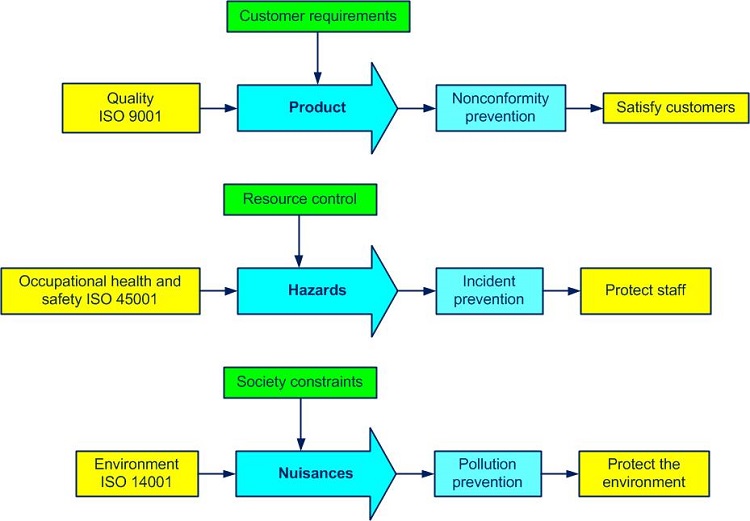
Figure 2-1. Purpose of QSE standards
The structure of the ISO 9001, ISO 45001 and ISO 14001 standards is very similar and this is one of the reasons for the use of these standards in integrated QSEquality, safety, environment management systems.
Another demonstration of the close relationship between the three standards is the common standard ISO 19011 (2018 – third version): Guidelines for auditing management systems.
A British PAS (Publicly available specification) is dedicated to the integration of management systems:
- PAS 99: Specification of common management system requirements as a framework for integration, BSI, 2012
ISO 14004:2016 “Environmental management systems - General guidelines on implementation” contains a lot of explanations, practical advice and examples.
ISO 14005:2019 “Environmental management systems - Guidelines for a flexible approach to phased implementation” shows how to implement an environmental management system in 3 phases, 19 articles and 72 steps.
ISO 14031:2021 “Environmental management – Environmental performance evaluation - Guidelines” shows how to set up and use environmental performance evaluation (EPE) and life cycle analysis to find improvement points. Using indicators, we can evaluate our commitment to complying with legal and regulatory requirementsexplicit or implicit need or expectation (see also ISO 9000, 3.1.2), pollution prevention and continual improvementpermanent process allowing the improvement of the global performance of the organization (see also ISO 9000, 3.2.13 and ISO 14 001, 3.2).
The ISO 14044:2006 standard “Environmental management - Life cycle assessment - Requirements and guidelines” specifies the requirementsexplicit or implicit need or expectation (see also ISO 9000, 3.1.2) and provides guidelines for carrying out life cycle analyses.
The ISO 14063:2020 “Environmental management - Environmental communication - Guidelines and examples” standard provides guidelines on the general principles, policy, strategy and activities related to internal and external environmental communication.
The ISO 14050: 2020 “Environmental Management – Vocabulary” standard provides definitions of fundamental concepts, directly related to environmental management.
Two AFNOR documents are dedicated to the implementation of an IMSintegrated management system:
- the AC X50-200 agreement (2003): Integrated management system - Good practices and feedback and
- the documentation booklet FD X50-189 (2021): Management systems - Guidelines for their integration
And two other French documents related to the processes with explanations, recommendations and examples:
- AC X50-178 (agreement, 2002): Quality management – Process management – Good practices and feedback
- FD X50-176 (documentation booklet, 2017): Management tools – Process management
All these standards and many others can be ordered on the AFNOR (French Standardization Association) website in the standards catalog shop section.
The permanent Environment and Nuisance Code, Legislative Editions is reissued each year.
More than 28,000 standards (in English and other languages) are available free of charge on the Public.resource.Org website.
A site rich in very practical advice sheets is INERIS (National Institute of the Industrial Environment and Risks).
The standards in the ISO 10001 to ISO 10019 series are guidelines for integrated management systems and will help you find many answers (see ISO 9004: 2018, Bibliography).
Standards related to risks:
- ISO 31000: 2018, Risk management – Guidelines
- ISO 31010: 2009, Risk management – Risk assessment techniques
- ISO Guide 73: 2009, Risk management - Vocabulary
FMEAfailure mode and effects analysis documents:
- AIAG & VDA FMEA Handbook, AIAG, 2019
- CEI 60812: Failure modes and effects analysis (FMEA and FMECA), IEC, 2018
For automobiles:
- IATF 16949 - Quality management system requirements for automotive production and relevant service parts organizations, IATF, 2016
Other standards related to the QSEquality, safety, environment approach:
- The EFQM model, EFQM 2020
None of these standards are mandatory, but as Deming said:
It is not necessary to change. Survival is not mandatory
2.2 Definitions
QSE manager, definitions, terms, acronyms

The beginning of wisdom is the definition of terms. Socrates
The word responsible comes from the Latin respondere "to answer for one's actions".
Some authors replace the term QSEquality, safety, environment manager, with more or less success. Some synonyms, of which for the moment none manages to impose itself include:
- quality specialist
- QSE specialist
- animator
- facilitator
- responsible for non-quality
- administrator
- manager
- decision maker
- coordinator
- agent
- stirrer
- correspondent
- QSE director
- management representative (term used in the ISO 9001: 2008 standard)
- quality engineer
- quality delegate
- responsible for continual improvement
- adviser
- consultant
- in charge of mission
- assistant
Of course, neither the QSEquality, safety, environment manager nor the department are solely responsible for quality in a company. Deming says that 94% of the troubles belong to the systemset of interacting processes (see also ISO 9000, 3.2.1) for which top management is responsible.
In a company, everyone assumes their responsibilities, but the responsibility for the QSEquality, safety, environment approach begins with top management because, as the Romanian proverb says:
When you sweep the stairs, you start at the top. Romanian proverb
Some definitions and acronyms:
5 M: Mothe nature, Material,Method, Manpower, Machine (Fishbone or Ishikawa diagram)
5 S: from Japanese Seiri = sort, Seiton = set in order, Seiso = shine, Seiketsu = standardize and Shitsuke = sustain
5 W: five times Why?
Accident: unwanted event causing death or damage to health and the environment
Anomaly: variation compared to what is expected
AV: added value
CC: compliance cost
Conformity: fulfillment of a specified requirement
Control plan: document describing the specific measures to carry out the control of a product or process
Control: ensure compliance with the specified criteria
COQ: cost of obyaining quality
Corrective action: action to elimiate the causes of nonconfority or any other indesirable event and to prevent their recurrence
Criticality: level of a potential risk
Curative action: action to eliminate a detected nonconformity
Customer satisfaction: tthe top priority objective of every management system
Customer: the one who receives a product
Defect: nonconformity related to a specified use
Direction (top management): group or persons responsible for management at the highest level of the company
Document (documented information): any support allowing the processing of information
Dysfunction: deviation in the ability of a functional unit to perform a specified function
Effectiveness: capacity to perform planned activities with minimum effort
Efficiency: financial relationship between achieved results and resources used
Environment: space in which any organization functions
Environmental aspect: any element of a business that can react with the environment
Environmental impact: any change in the environment caused by an organization
Fail safe device: system allowing the prevention of errors by eliminating the human factor, also called Poka-Yoké
Failure: variation of an aptitude of a functional unit to satisfy a specified function
FMEA: Failure Mode and Effects Analysis
Gemba: from Japanese, real place, in the field
Hazard: situation that could lead to an incident
IMS: integrated management system
Incident: undesired event that could lead to health damages
Indicator: value of a parameter, associated with an objective, allowing the objective measure of its effectiveness
Integrated management system: set of processes to achieve QSE objectives
ISO: International Organization for Standardization
Kaizen: from Japanese, kai = change and zen = good (for the better, better), Kaizen = continual improvement
Management system: set of processes allowing objectives to be achieved
Manager: someone who gets results through other people
Muda: from Japanese, waste
Mura: from Japanese, irregularity
Muri: from Japanese, difficulty
Nonconformity (NC): non-fulfillment of a specified requirement
Non-quality: non-fulfillment of a specified requirement
Occupational health and safety: everything that can influence the wellbeing of the personnel in a company
OHS: occupational health and safety
Organization: a structure that satisfies a need
Performance: measurable and expected results of the management system
Poka-Yoké: pfrom Japanese Poka - unintentional error, Yoké - avoid. See Fail safe device
Preventive action: action to eliminate the potential causes of nonconformity or any other undesirable event and to prevent their appearance
Problem: gap that must be reduced to obtain a result
Process: activities that transform input into output
Product (or service): any result of a process or activity
QCDSE: Quality, Cost, Deadline, Safety, Environment
QSE objective: measurable goal to be achieved related to the QSE approach
QSE policy: statement by top management allowing the establishment of QSE objectives
QSE: quality, safety, environment
Quality management: activities allowing the control of an organization with regard to quality
Quality objective: quality related, measurable goal that must be achieved
Requirement: implicit or explicit need or expectation
Risk: likelihood of occurrence of a threat or an opportunity
Safety: absence of unacceptable risk
Scrap: treatment of an unrecoverable product
SMED: Single Minute Exchange of Die
SPC: Statistical Process Control
Stakeholder: person, group or company that can affect or be affected by an organization
System: set of interacting processes
Supplier (external provider): the one who procures a product
Top management: group or persons in charge of the organizational control at the highest level
TQC: Total Quality Control
Waste: anything that adds cost but no value
WWWWHHW: Who, What, Where, When, How, How much, Why
In the terminology used, do not confuse:
- accident and incident
- an accident is an unexpected serious event
- an incident is an event that can lead to an accident
- anomaly, defect, dysfunction, failure, nonconformity, reject and waste:
- an anomaly is a deviation from what is expected
- a defect is the non-fulfillment of a requirement related to an intended use
- a dysfunction is a degraded function that can lead to a failure
- a failure is when a function has become unfit
- a nonconformity is the non-fulfillment of a requirement in production
- a reject is a nonconforming product that will be destroyed
- waste is when there are added costs but no value
- audit program and plan
- an audit program is the annual planning of the audits
- an audit plan is the description of the audit activities
- audit, inspection, auditee and auditor
- an audit is the process of obtaining audit evidence
- an inspection is the conformity verification of a process or product
- an auditee is the one who is audited
- an auditor is the one who conducts the audit
- cause and symptom
- the cause is the circomstanceleading to a failure
- the symptom is the character linked to a state
- control and optimize
- to control is to meet the objectives
- to optimize is to search for the best possible results
- customer, external provider and subcontractor
- a customer receives a product
- an external provider provides a service or a product
- a subcontractor provides a product or service on which specific work is done
- effectiveness and efficiency
- effectiveness is the level of achievement of planned results
- efficiency is the ratio between results and resources
- follow-up and review
- follow-up is the verification of the obtained results of an action
- review is the analysis of the effectiveness in achieving objectives
- inform and communicate
- to inform is to give someone meaningful data
- to communicate is to pass on a message, to listen to the reaction and discuss
- objective and indicator
- an objective is a sought after commitment
- an indicator is the information on the difference between the pre-set objective and the achieved result
- organization and enterprise, society, company
- organization is the term used by the ISO 9001 standard as the entity between the supplier and the customer
- an enterprise, society and company are examples of organizations
- process, procedure, product, activity and task
- a process is how we satisfy the customer using people to achieve the objectives
- a procedure is the description of how we should conform to the rules
- a product is the result of a process
- an activity is a set of tasks
- a task is a sequence of simple operations
Remark 1: the use of ISO 9000, ISO 19011, ISO 45001 and ISO 14001 definitions is recommended. The most important thing is to determine a common and unequivocal vocabulary for everyone in the company.
Remark 2: the customer can also be the user, the beneficiary, the trigger, the ordering party or the consumer.
Remark 3: document or documented information is any information that we must maintain (procedure  ) or retain (record
) or retain (record  ).
).
Remark 4: each time you use the expression "opportunity for improvement" instead of nonconformity, malfunction or failure, you will gain a little more trust from your interlocutor (external or internal customer).
For other definitions, comments, explanations and interpretations that you don’t find in this module and in annex 06, you can consult: 
.jpg)
- ISO Online Browsing platform (OBP)
- IEC Electropedia
.jpg) Minute of relaxation. Cf. game: Effectiveness
Minute of relaxation. Cf. game: Effectiveness
2.3 Books
Books related to quality, QSE manager, standards and tools

When I think of all the books still left for me to read, I am certain of further happiness. Jules Renard
.jpg) Books for further reading on quality:
Books for further reading on quality:
 Armand V. Feigenbaum, Total Quality Control, McGraw-Hill, 1951
Armand V. Feigenbaum, Total Quality Control, McGraw-Hill, 1951  Kaoru Ishikawa, Guide to Quality Control, APO, 1971
Kaoru Ishikawa, Guide to Quality Control, APO, 1971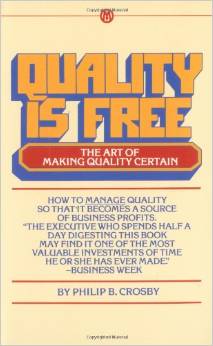 Philip B. Crosby, Quality is Free, Mentor, 1979
Philip B. Crosby, Quality is Free, Mentor, 1979 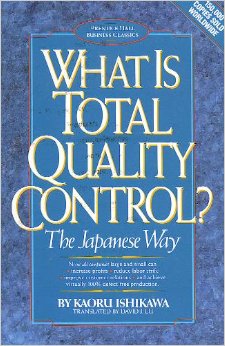 Kaoru Ishikawa, What Is Total Quality Control?, The Japanese Way, Prentice Hall, 1981
Kaoru Ishikawa, What Is Total Quality Control?, The Japanese Way, Prentice Hall, 1981 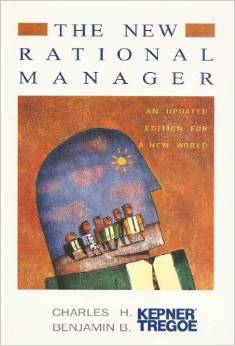 Charles Kepner, Benjamin Tregoe, The New Rational Manager, Princeton Research Press, 1981
Charles Kepner, Benjamin Tregoe, The New Rational Manager, Princeton Research Press, 1981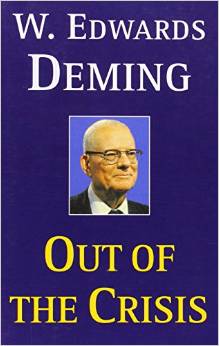 Edwards Deming, Out of the Crisis, MIT Press, 1982
Edwards Deming, Out of the Crisis, MIT Press, 1982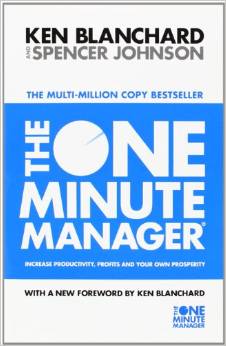 Kenneth Blanchard, Spencer Johnson, The One Minute Manager; The Quickest Way to Increase Your Own Prosperity, Berkley Books, 1982
Kenneth Blanchard, Spencer Johnson, The One Minute Manager; The Quickest Way to Increase Your Own Prosperity, Berkley Books, 1982 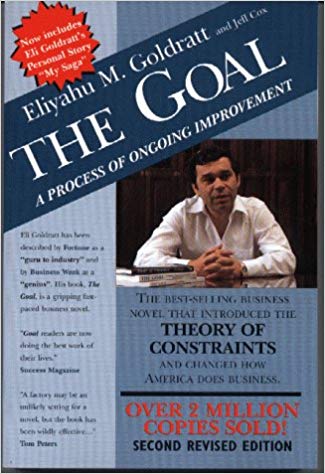 Eliyahou Goldratt, Jeff Cox, The Goal, A Process of Ongoing Improvement, North River Press, 1984
Eliyahou Goldratt, Jeff Cox, The Goal, A Process of Ongoing Improvement, North River Press, 1984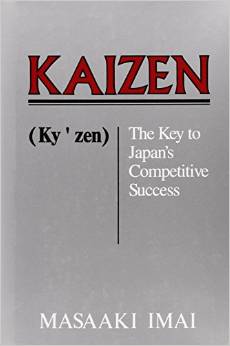 Masaaki Imai, KAIZEN, The key to Japan’s competitive success, McGraw-Hill, 1986
Masaaki Imai, KAIZEN, The key to Japan’s competitive success, McGraw-Hill, 1986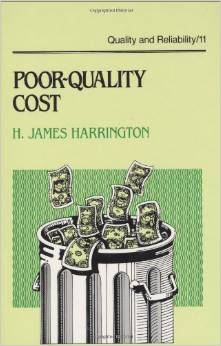 James H. Harrington, Poor-Quality Cost, Dekker, 1987
James H. Harrington, Poor-Quality Cost, Dekker, 1987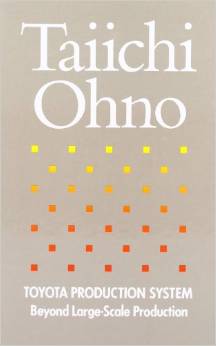 Taiichi Ohno, Toyota Production System: Beyond Large-Scale Production, Productivity Press, 1988
Taiichi Ohno, Toyota Production System: Beyond Large-Scale Production, Productivity Press, 1988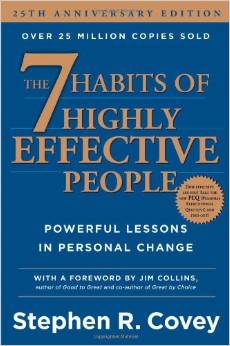 Stephen Covey, The Seven Habits of Effective People, Franklin Covey Co, 1989
Stephen Covey, The Seven Habits of Effective People, Franklin Covey Co, 1989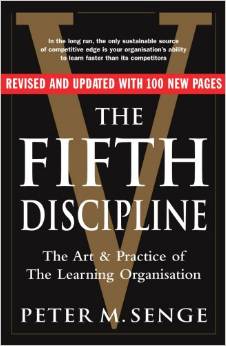 Peter Senge, The Fifth Discipline, The Art & Practice of The Learning Organization, Doubleday 1990
Peter Senge, The Fifth Discipline, The Art & Practice of The Learning Organization, Doubleday 1990 Edwards Deming, The New Economics, MIT Press 1993
Edwards Deming, The New Economics, MIT Press 1993.jpg) Masaaki Imai, GEMBA KAIZEN, A Commonsense Low-Cost Approach to management, McGraw-Hill, 1997
Masaaki Imai, GEMBA KAIZEN, A Commonsense Low-Cost Approach to management, McGraw-Hill, 1997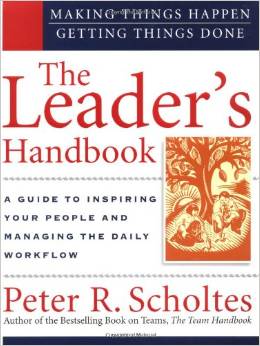 Peter Scholtes, The Leader’s Handbook, McGraw-Hill, 1997
Peter Scholtes, The Leader’s Handbook, McGraw-Hill, 1997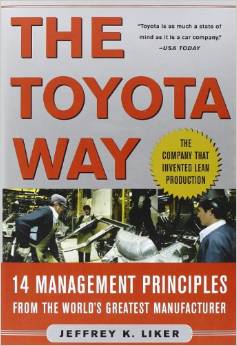 Jeffrey Liker, The Toyota Way, McGraw Hill, 2004
Jeffrey Liker, The Toyota Way, McGraw Hill, 2004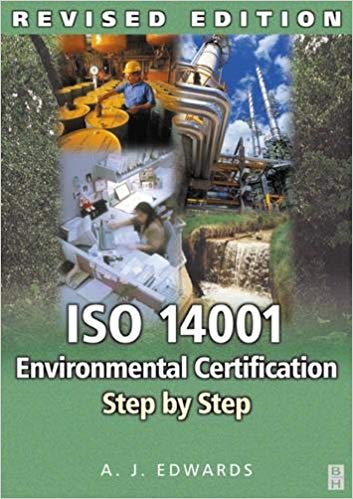 A. J. Edwards, ISO 14001 Environmental Certification Step by Step, Elsevier, 2004
A. J. Edwards, ISO 14001 Environmental Certification Step by Step, Elsevier, 2004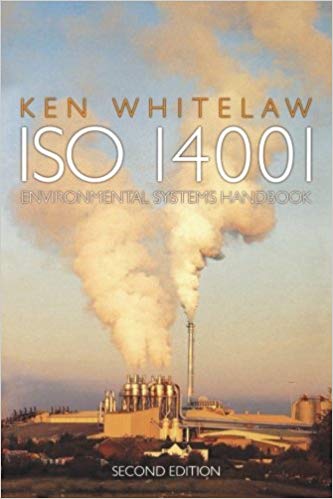 Ken Whitelaw, ISO 14001 Environmental Systems Handbook, Elsevier, 2004
Ken Whitelaw, ISO 14001 Environmental Systems Handbook, Elsevier, 2004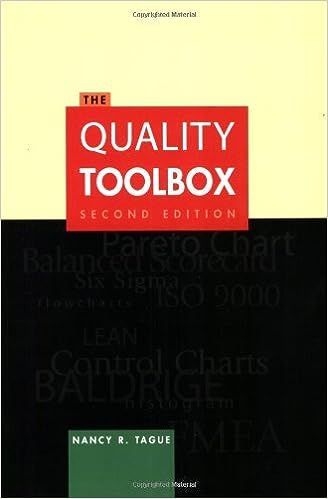 Nancy Tague, The Quality Toolbox, ASQ Quality Press, 2005
Nancy Tague, The Quality Toolbox, ASQ Quality Press, 2005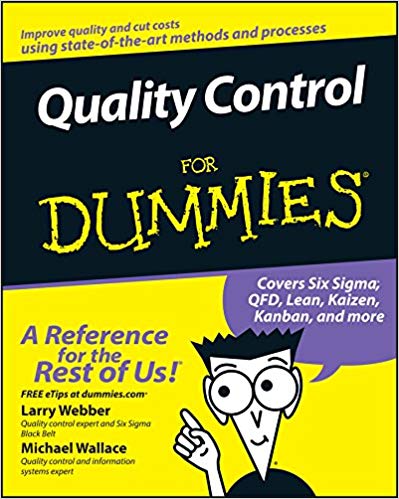 Larry Webber, Michael Wallace, Quality Control for Dummies, Wiley, 2007
Larry Webber, Michael Wallace, Quality Control for Dummies, Wiley, 2007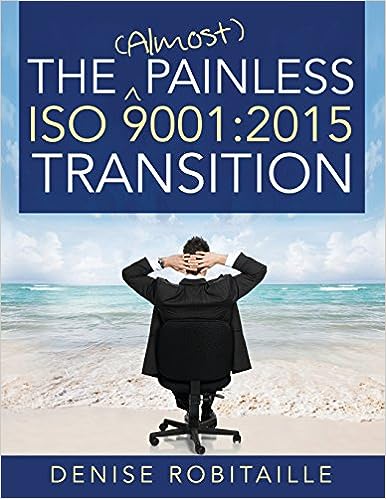 Denise Robitaille, The (Almost) Painless ISO 9001:2015 Transition, Paton Professional, 2015
Denise Robitaille, The (Almost) Painless ISO 9001:2015 Transition, Paton Professional, 2015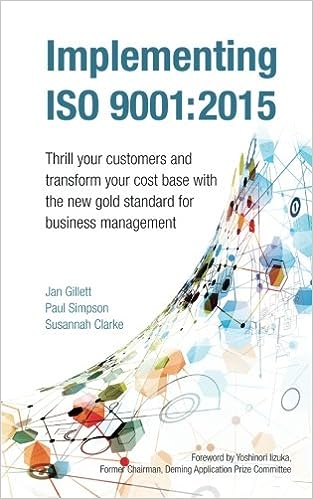 Jan Gillet, Implementing Iso 9001:2015: Thrill your customers and transform your cost base with the new gold standard for business management, Infinite Ideas, 2015
Jan Gillet, Implementing Iso 9001:2015: Thrill your customers and transform your cost base with the new gold standard for business management, Infinite Ideas, 2015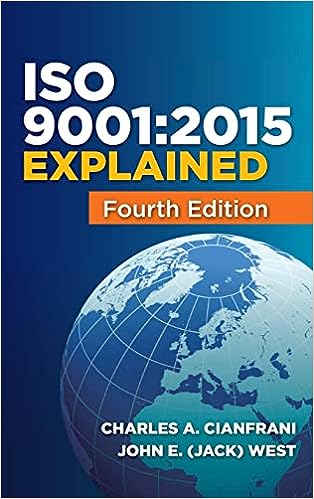 Charles Cianfrani, John West, ISO 9001:2015 Explained, ASQ Quality Press, 2015
Charles Cianfrani, John West, ISO 9001:2015 Explained, ASQ Quality Press, 2015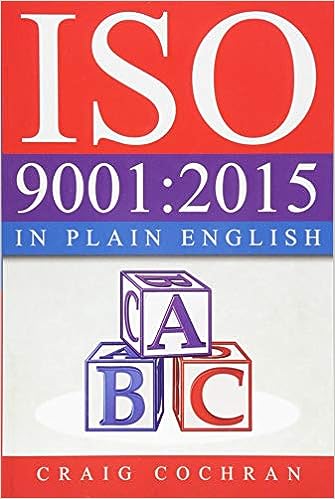 Craig Cochran, ISO 9001:2015 in Plain English, Paton Professional, 2015
Craig Cochran, ISO 9001:2015 in Plain English, Paton Professional, 2015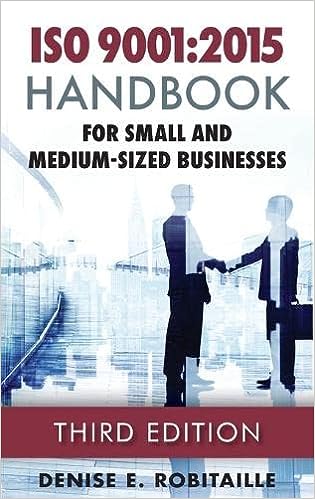 Denise Robitaille, ISO 9001:2015 Handbook for Small and Medium-Sized Businesses, Quality Press, 2016
Denise Robitaille, ISO 9001:2015 Handbook for Small and Medium-Sized Businesses, Quality Press, 2016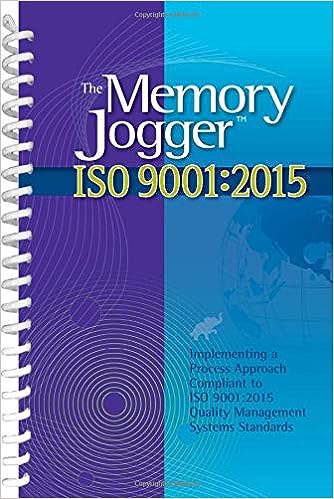 Jeremy Hazel, José Dominguez, Jim Collins, Memory Jogger ISO 9001:2015: What Is It? How Do I Do It? Tools and Techniques to Achieve It, Goal/QPC, 2016
Jeremy Hazel, José Dominguez, Jim Collins, Memory Jogger ISO 9001:2015: What Is It? How Do I Do It? Tools and Techniques to Achieve It, Goal/QPC, 2016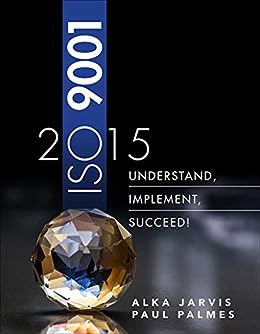 Alka Jarvis, Paul Palmes, ISO 9001: 2015: Understand, Implement, Succeed!, Prentice hall, 2016
Alka Jarvis, Paul Palmes, ISO 9001: 2015: Understand, Implement, Succeed!, Prentice hall, 2016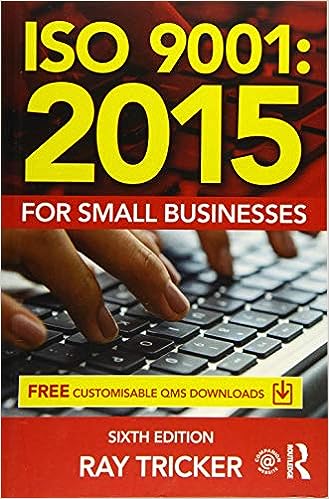 Ray Tricker, ISO 9001:2015 for Small Businesses, Routledge, 2016
Ray Tricker, ISO 9001:2015 for Small Businesses, Routledge, 2016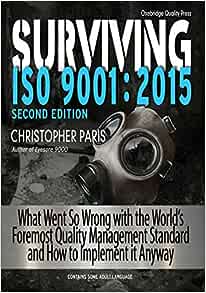 Christopher Paris, Surviving ISO 9001: 2015, Oxebridge Quality Press, 2016
Christopher Paris, Surviving ISO 9001: 2015, Oxebridge Quality Press, 2016 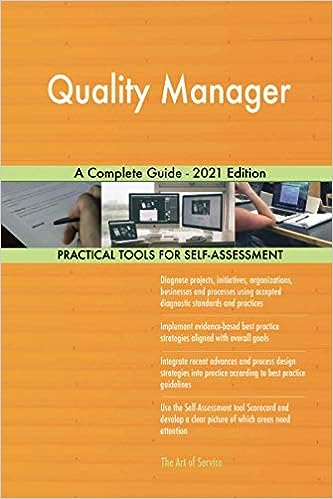 Team, Quality Manager A Complete Guide - 2021 Edition, The Art of Service - Quality Manager Publishing, 2020
Team, Quality Manager A Complete Guide - 2021 Edition, The Art of Service - Quality Manager Publishing, 2020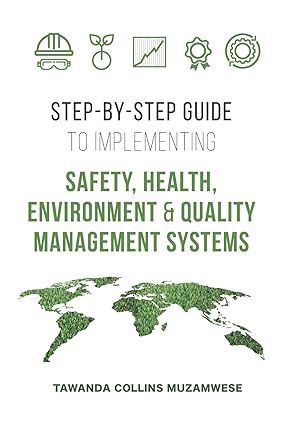 Tawanda Muzamwese, Step by step guide to implementing safety, health, environment and quality management systems (sustainability), National archives of Zimbabwe, 2020
Tawanda Muzamwese, Step by step guide to implementing safety, health, environment and quality management systems (sustainability), National archives of Zimbabwe, 2020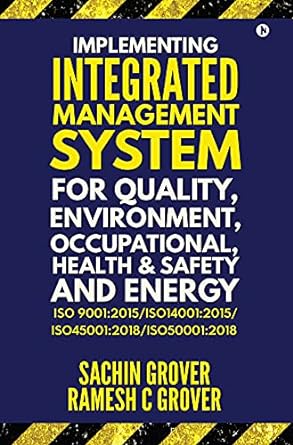 Sachin Grover, Ramesh Grover, Implementing integrated management system for quality, environment, occupational health & safety and energy, Notion Press, 2021
Sachin Grover, Ramesh Grover, Implementing integrated management system for quality, environment, occupational health & safety and energy, Notion Press, 2021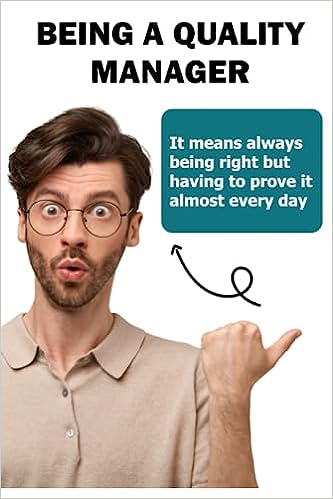 Massimiliano Mazzei, Being a Quality Manager: Quality Manager's Notebook, Independently published, 2023
Massimiliano Mazzei, Being a Quality Manager: Quality Manager's Notebook, Independently published, 2023 Stephen Asbury, Health and Safety, Environment and Quality Audits, CRC Press, 2023
Stephen Asbury, Health and Safety, Environment and Quality Audits, CRC Press, 2023
.jpg) Minute of relaxation. Paganini's violin concert performed with facial expressions.
Minute of relaxation. Paganini's violin concert performed with facial expressions.
